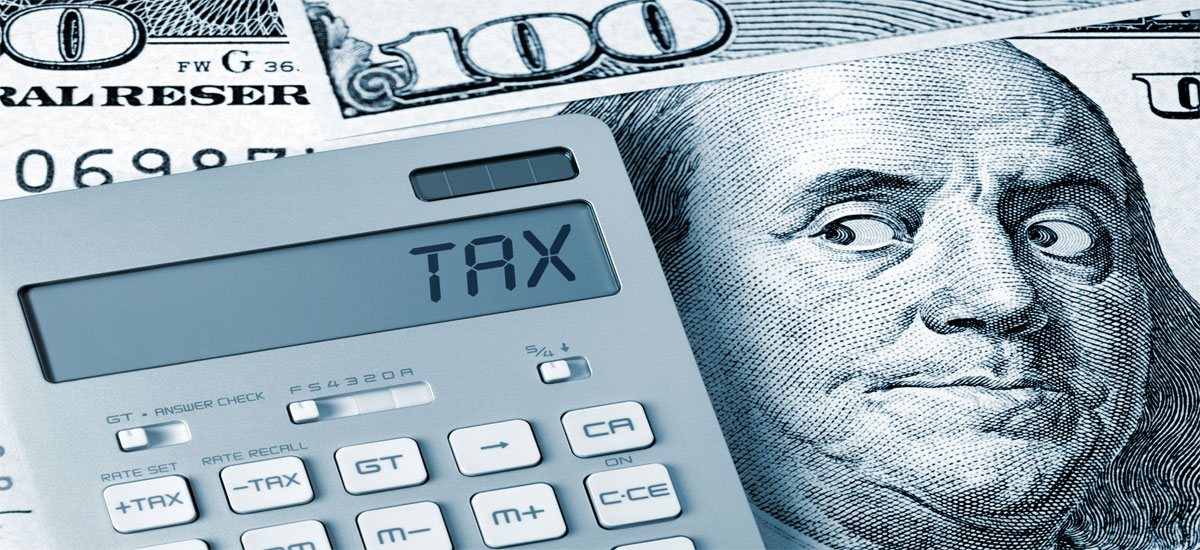
Posted on 2023-04-11 10:04:35 | by Admin
What is form 1099 in the United States?
In the United States, a 1099 is a tax form used to report income received as an independent contractor or self-employed individual. The form is also used to report other types of income such as interest, dividends, and certain government payments. The person or entity who pays the income is required to file a 1099 form with the Internal Revenue Service (IRS) and provide a copy to the recipient. The recipient must then use the information on the 1099 form to report the income on their tax return.
There are several types of 1099 forms in the United States that are used to report different types of income. Some of the most common types of 1099 forms include:
1 - 1099-MISC: Used to report miscellaneous income, such as payments made to independent contractors or freelancers.
2 - 1099-NEC: Used for reporting non-employee compensation that is most likely subject to self-employment tax.
3 - 1099-INT: Used to report interest income of $10 or more, such as from bank accounts, loans, or investments.
4 - 1099-DIV: Used to report dividends and other distributions from investments in stocks, mutual funds, or other securities.
5 - 1099-R: Used to report distributions from pensions, annuities, or retirement accounts.
6 - 1099-G: Used to report government payments, such as unemployment compensation, tax refunds, or agricultural payments.
7 - 1099-K: Used to report payments made through third-party networks, such as PayPal or Stripe.
8 - 1099-C: Used to report canceled debts of $600 or more.
These forms are used by businesses, financial institutions, and other organizations to report income to the IRS and to the individuals who received the income.


